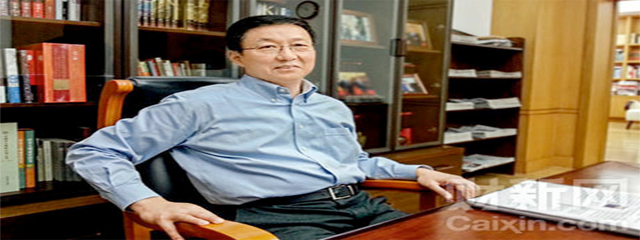At a conference table surrounded by bookshelves in his Shanghai office, the city’s party boss Han Zheng recently polished the image of a commercial crown jewel – the China (Shanghai) Pilot Free Trade Zone – during an exclusive interview with Caixin.
Han described the planning, politicking and far-reaching goals for the FTZ one month after the zone project officially launched September 29 in China’s biggest city.
Financial and administrative procedures are to be tested inside the 28-square-kilometer zone as a bellwether for further economic reform in China. Ground was broken for the experimentation one day after the launch, when the Shanghai government released the zone’s “negative list” of businesses including Internet cafes, lotteries, news organization and social surveys that FTZ investors may not pursue.
Any type of commercial or financial pursuit not on the list is fair game inside the zone and can start without government approval as long as the authorities are informed.
Some investors and economists lamented over the length of the no-go list and the FTZ’s 190 special regulatory measures, which will apply to nearly 18 percent of industrial sectors in China.
But FTZ’s architects built a system that balances commercial innovation and risk control, Han said. And fine-tuning will continue for at least another three years during the zone’s phase-in period.
Read the whole article here.






Be the first to comment on "How Shanghai’s Free Trade Zone Works"